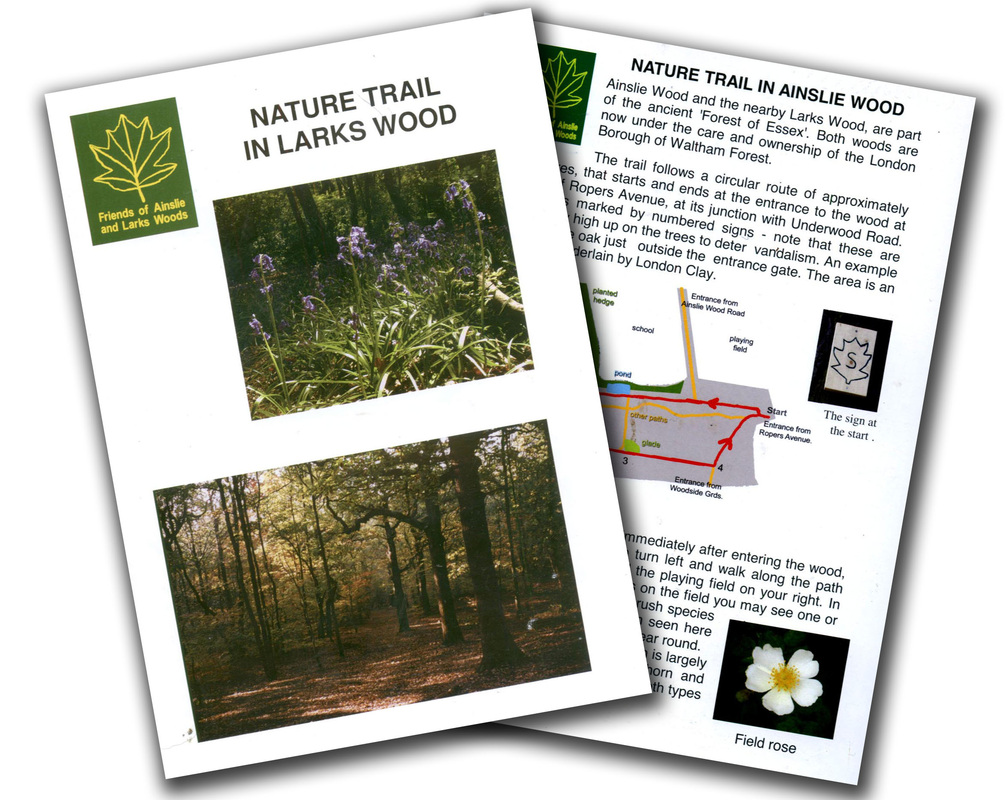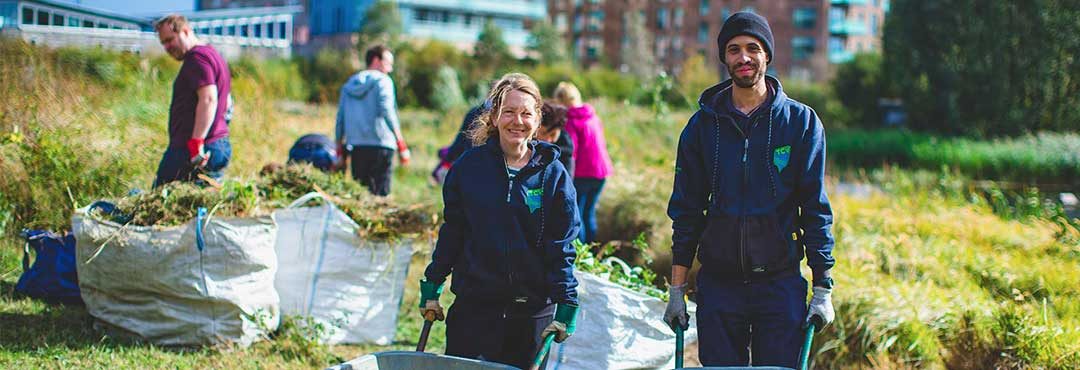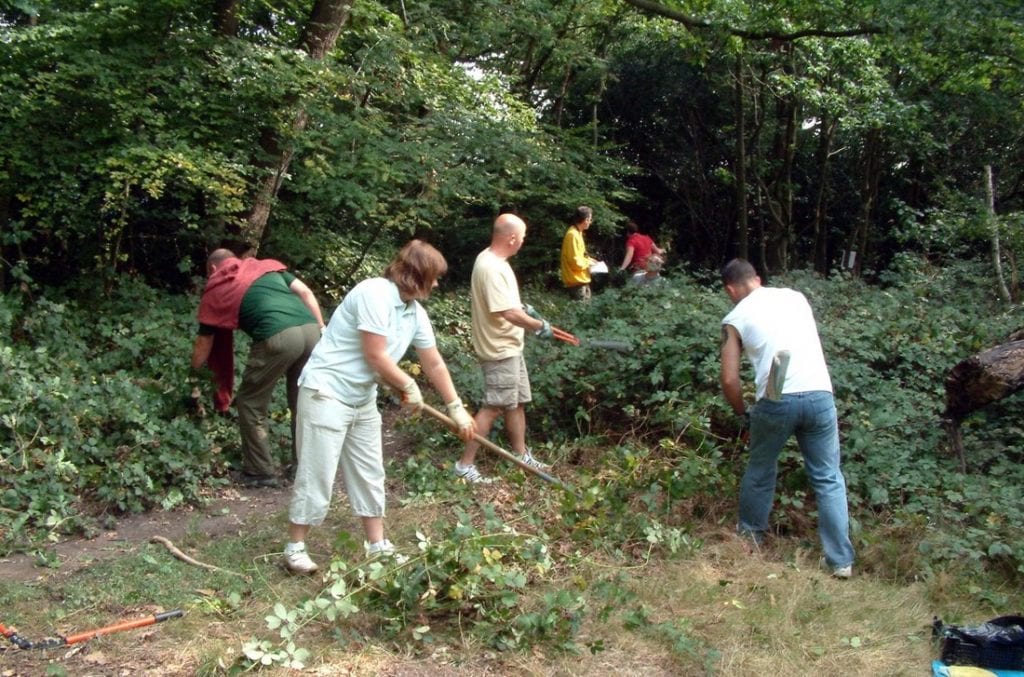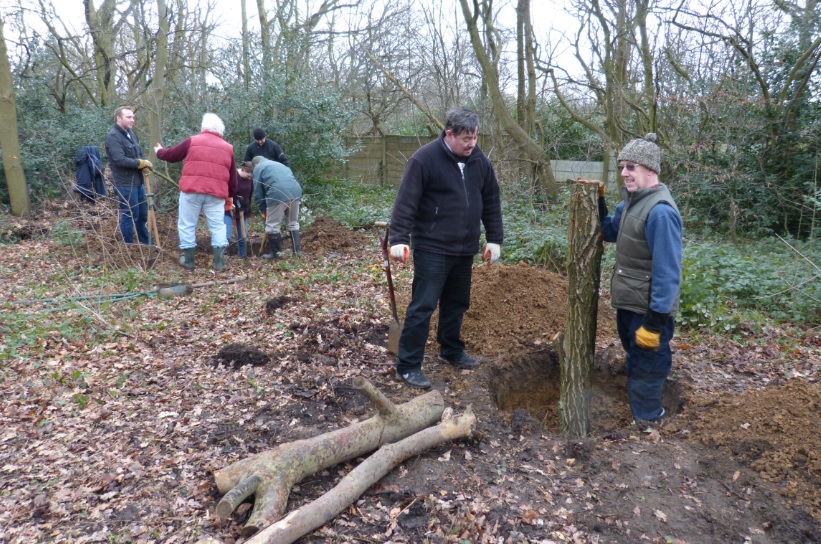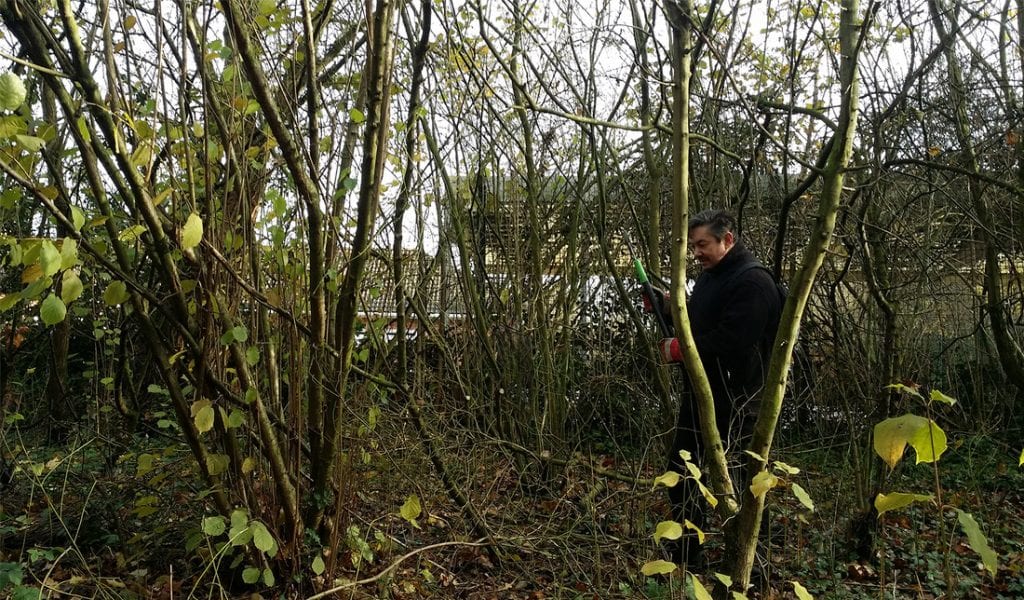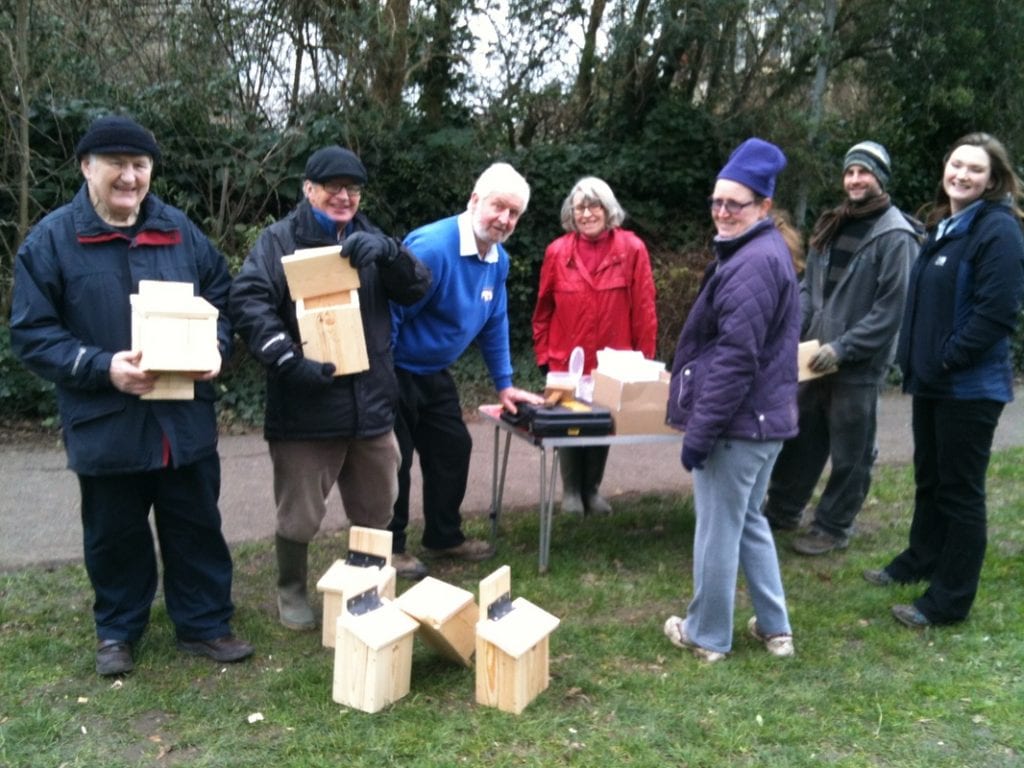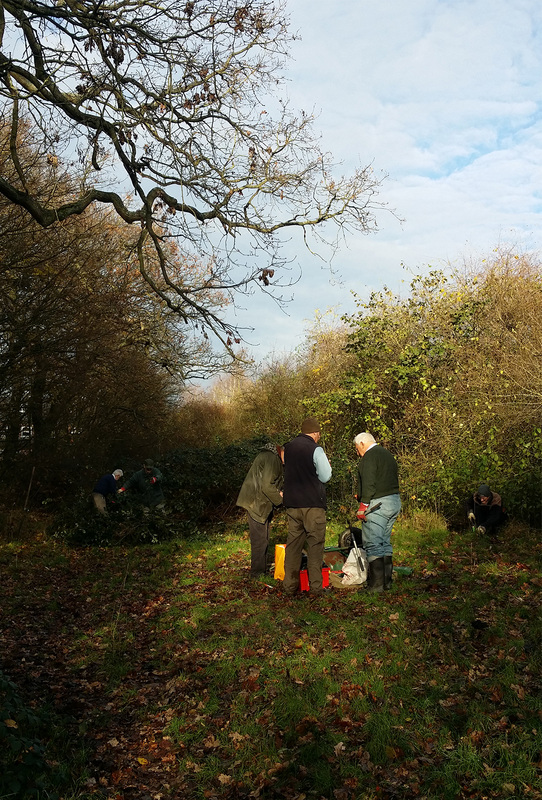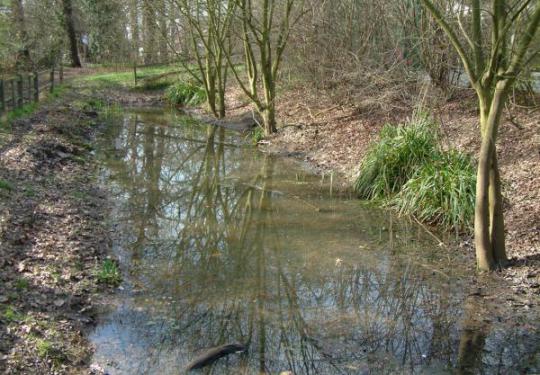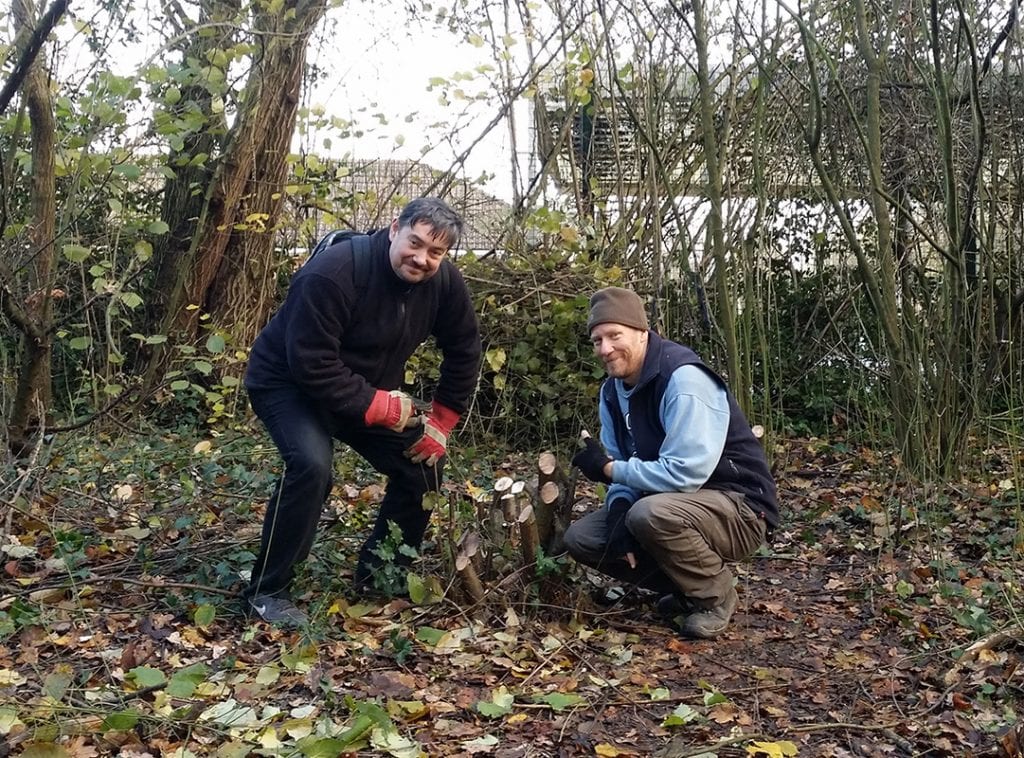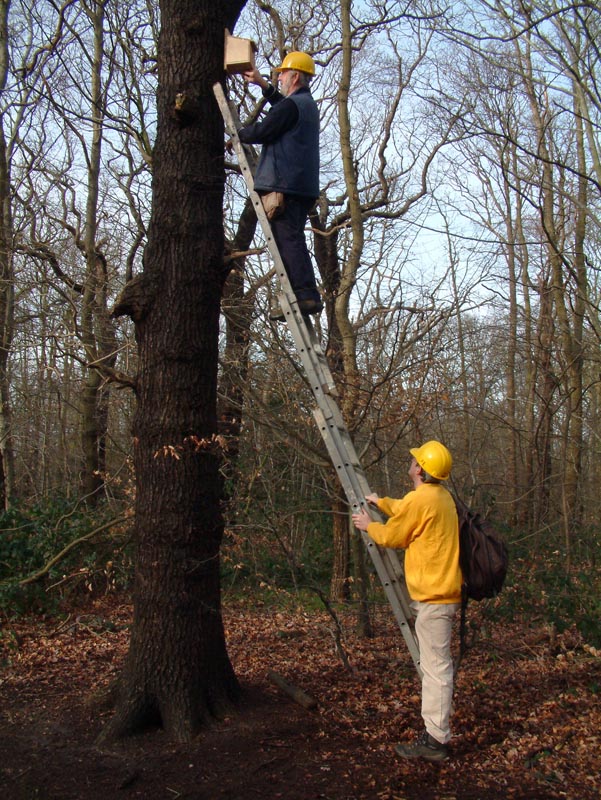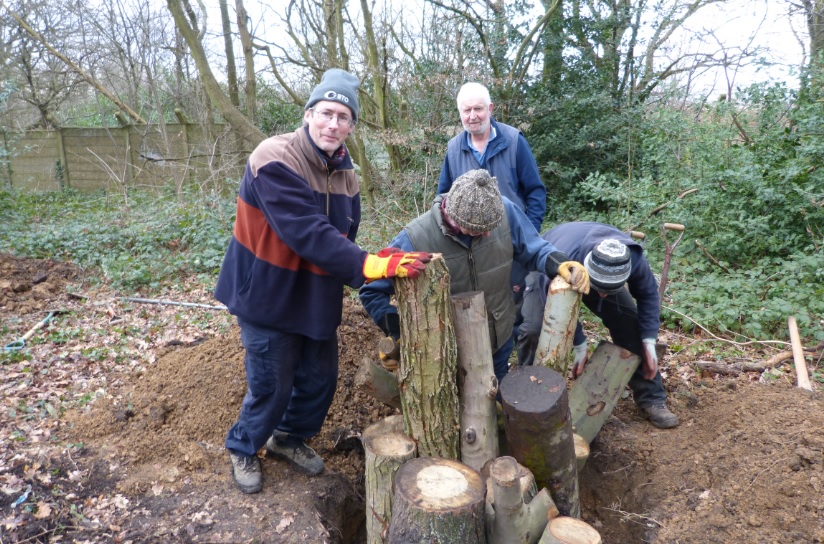Friends of Abbotts Park is a local volunteer group who work with the Council’s Greenspace team to improve the park.
Through this partnership, park users get a greater say in what goes on in Abbotts Park and can help in improving different aspects of the park. This may take place in the form of promoting the park, helping with conservation tasks, organising local community events, fundraising and much more. New members are always welcome! If you would like to find out more about Friends of Abbotts Park, or if you are interested in any of our upcoming events and/or meetings, then please get in contact.
If you would like to find out more about the Waltham Forest Wildlife citizen science project in Abbotts Park, then head to the citizen science section of the website or check out the official project page over on iNaturalist.
Contact details
Steve Williams (Chair)
Email: steve.williams@ntlworld.org.uk
Tel: 07834 195 417
Location
Facilities
- Grass kickabout area
- Large open space
- Tennis courts, 4 Adults, 2 Childrens
- Under 12’s play equipment
- Under 7’s play equipment
- Accessible play equipment
- Natural play area
- Picnic tables
- Fitness equipment
- Area: 1.67 hectares
- Toilets: No
Larks Wood
Location
Facilities
- Large Open Area ideal for informal football, playing games, walking and picnics
History
The area in which Ainslie and Larks Wood are to be found was part of the “Manor of Chingford Earls” (which was acquired by Henry V111 in 1544). Last owners of the title were the Boothby Heathcote family of Friday Hill House. Both areas of woodlands are part of the ancient “Forest of Essex”.
The name ‘Larks’ is probably associated with the family of Thomas Laverk mentioned in the subsidy rolls of 1319. An isolation hospital opened in 1901 on the site of ‘Larks Wood Lodge’ and some 20 acres surrounding it (now the site of Chingford Hospital and houses). Larks Wood was colloquially called the ‘bluebell wood’ in the early 20th century and hoards of visitors almost destroyed the great quantity of bluebell plants.
Ainslie (Endsleigh) Wood was known as ‘Little Larks’ in 1559 and later as ‘St, John’s Wood’. This information was from a former owner Sir Robert Sharpe Ainslie whose residence was the ‘Rolls’ in the19th century. By the 1960’s the only building there was known as Rose Cottage (on the site of Nasebury Court Hospital and Rolls Park tennis courts).
Ainslie Wood was privately owned until fairly recently and not accessible to the public until the London Borough of Waltham Forest became responsible for its preservation. Small as it is, it has some very interesting and rare flora and no doubt due to its isolation for so long a range of wildlife not often found in such an urban setting.
This information was acquired through pamphlets kindly loaned to the Friends of Ainslie and Larks Woods by Mary Dunhill.
Ecology of the woods
Both woods have oak, hornbeam and the rarer wild service tree. Also some hazel, crab-apple, field maple, hawthorn, blackthorn and rowan can be seen around the woods. Larks Wood is also home to some beech and a few wild cherry trees.
There are many birds in the woods, both common and uncommon. It is very easy to see the great spotted woodpecker, blue tits, great tits, robins, wrens, long tailed tits and jays. You may even see a tree creeper, a nuthatch or a black cap. Occasionally tawny owls can be heard at night and bats can be observed too.
Blue bells and wood anemones are a lovely sight around the woodland edge in spring. Also in lesser numbers violets and celandine can be seen.
Squirrels are very commonly seen in the day and foxes are regularly seen in the evening.
Nature trail booklets are available upon request.
